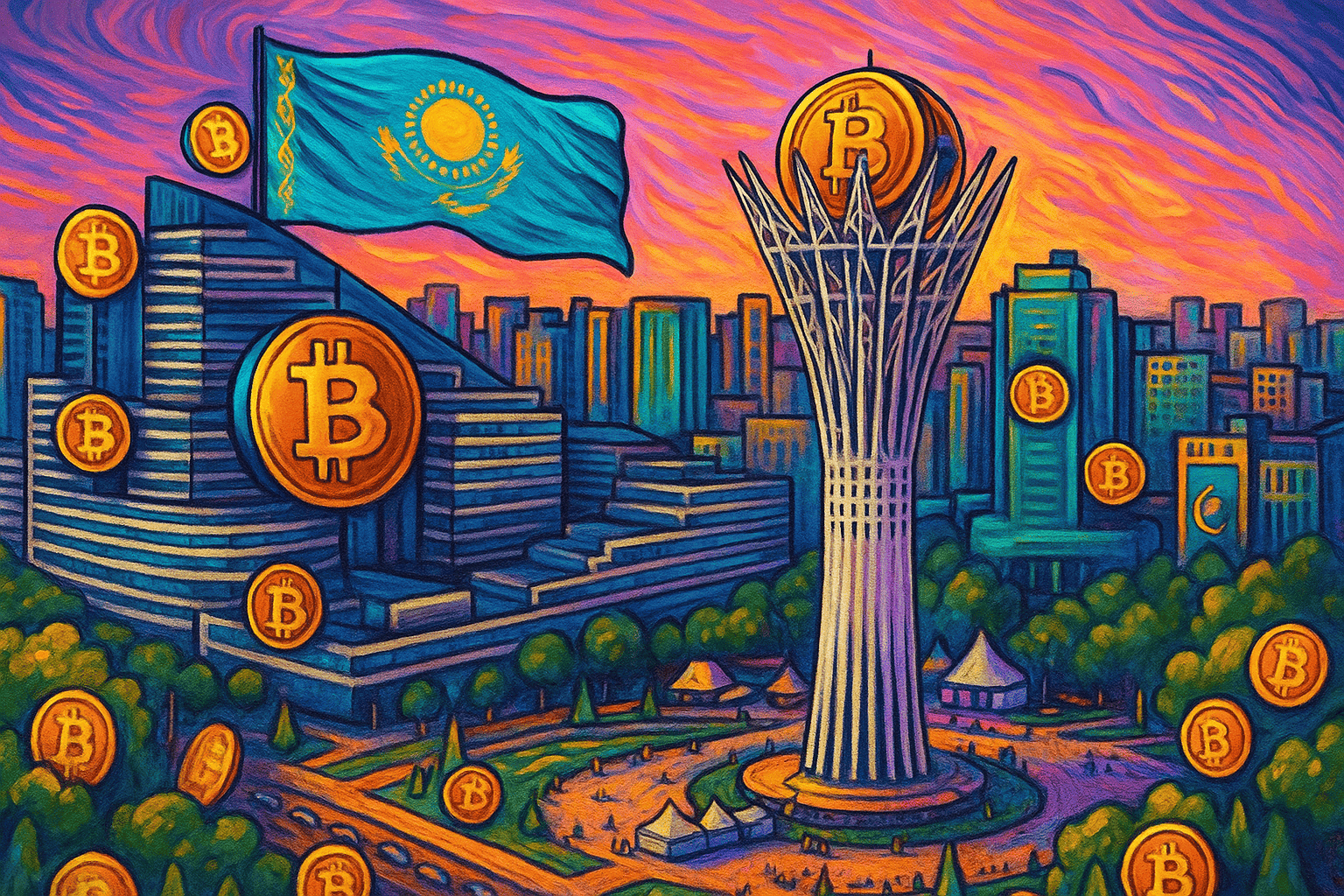MultiversX
Download app Ironwallet and get tool for making transaction without network fee
About MultiversX
MultiversX, formerly known as Elrond, is a blockchain protocol and distributed computing platform that was created to provide extremely fast transaction speeds, scalability, and security. The project was first announced in 2017 and launched its mainnet in July 2020 after a successful token sale in 2019.
The MultiversX blockchain uses a unique architecture called Secure Proof of Stake which allows it to process 15,000 transactions per second with 6 second latency, putting it far ahead of networks like Ethereum. The team aims to be the backbone of a user-centric internet economy through an ecosystem of products and services.
Origins and History
MultiversX was founded by brothers Beniamin and Lucian Mincu along with Lucian Todea as a solution to the issues of speed, scalability, security and decentralization facing existing blockchain platforms. The Elrond prototype was officially revealed to the public in April 2019.
In the summer of 2019, Elrond held a public token sale in several rounds which raised $1.9 million from community participants. This allowed them to fully fund research and development efforts for the next two years. In July 2020, the mainnet officially launched with state shards architecture and Adaptive State Sharding mechanism in place.
In 2022, Elrond rebranded as MultiversX to mark its expansion beyond the blockchain into a multi-product ecosystem. MultiversX has also partnered with organizations like DALI and received backing from notable investors like Binance, Electric Capital and NGC Ventures.
Elrond Blockchain Architecture
The MultiversX blockchain uses what is known as a Secure Proof of Stake consensus model which improves on existing Proof of Stake models. It solves issues related to security, scalability and decentralization through its unique architecture.
It uses sharding to partition the network into multiple shards each handling transactions parallelly. This allows it to achieve its high throughput. Network security is handled by random sampling validators from shards using Proof of Stake.
The network also employs an Adaptive State Sharding mechanism that enables shards to be split or merged automatically based on transaction volume and demand. This adaptive capacity ensures that the network can keep up with increasing demand.
Secure Proof of Stake and state sharding gives MultiversX its effective performance while maintaining high security and decentralization. The smart contracts layer also allows dApps to be built on the blockchain.
Unique Features and Innovations
Some of the standout features introduced in MultiversX that makes it unique from other blockchains are:
- Secured Round Robin based Group Sharding: Improves communication efficiency between shards.
- Adaptive State Sharding: Allows automatic scalability based on transaction volume.
- Metachain architecture: Facilitates intra-shard transactions.
- Cross-shard transactions: Allows transactions across multiple shards.
- Pruning and snapshots: Keeps storage efficient and accessible.
- Virtual Machine and Smart Contracts: Supports smart contract deployment.
- Quantum secure cryptography: Makes it quantum attack resistant.
MultiversX also brings internet-scale blockchain performance able to handle 10,000-100,000 TPS, 6 second latency and 2-5 second response time making it one of the fastest and most efficient blockchains in existence.
Consensus Mechanism
MultiversX uses a consensus mechanism called Secure Proof of Stake (SPoS) which builds on existing Proof of Stake models. Validators stake EGLD tokens to participate in the validation process in shards. The network randomly assigns the validators to different shards using an unbiased model.
Within each shard, the validators run rounds of consensus using the BLS multiparty signatures scheme to produce the block header and confirm transactions. Having multiple shards producing blocks parallely is how MultiversX achieves very high throughput overall.
The Metachain is responsible for coordinating communication between shards and storing data that relates to the overall state of the network like validator information and stake value.
Use Cases and Adoption
The MultiversX blockchain aims to be the backbone for the new internet economy with its high scalability and fast performance. Its developer tools also make it easy to build decentralized applications for finance, gaming, social media, identity, assets tokenization and other domains.
It is already seeing increasing adoption in areas like Decentralized Finance where projects like Maiar DEX, Equilibrium DeFi and more are launching. NFT marketplaces like Lockerverse and games like Battle Racers are also onboarding users.
With the launch of Maiar wallet, Maiar DEX and Elrond Bridge it is boosting overall adoption. The blockchain currently processes over 2 million transactions per day and has over 1.7 million total accounts. High profile partnerships are also accelerating its usage across verticals.
Tokenomics
The native token of the MultiversX blockchain is EGLD which is a utility token used for paying network fees, staking and governance. The maximum token supply was set at 20 million EGLD of which 83% was allocated for public sale, community rewards etc. and the rest to founders, team, advisors and community reserves.
Out of the coins in circulation, over 70% are staked in the network which makes the ecosystem secure while giving stakers rewards of ~14% annually. Token holders also participate in voting on network proposals.
Being a Deflationary token, EGLD coins used to pay fees are removed from circulation making the existing supply more scarce over time. The tokenomics incentivize holding coins long term and participating in the ecosystem.
International Influence on EGLD Price Variation
In the context of global markets, the pricing of EGLD, the currency underpinning MultiversX, is distinctly influenced by various international factors. These influences range from general global economic trends, the overall health of key international markets, to more micro-economic factors such as governmental regulations and policy shifts regarding cryptocurrency.
The observations indicate that geopolitical events have a powerful impact on EGLD’s pricing. This is largely due to the decentralized structure of cryptocurrencies which makes them susceptible to policies and regulations implemented by global powers.
Like many other cryptocurrencies, the value of EGLD is intrinsically tied to its adoption and perception within mainstay marketplaces across the globe. As acceptance of EGLD and other cryptocurrencies increases, so does their regulated legitimacy, therefore imparting an indirect effect on their valuation.
The successful evolvement of EGLD in line with international influence is fundamentally linked to adaptability. How reactively MultiversX and other similar platforms can shift their operational tactics and strategies in response to clear international cues could play a pivotal role in determining their continued success and growth in the crypto market.
Roadmap and Future Developments
MultiversX launched as a complete product and protocol after extensive testing and is now focused on increasing functionality, adoption and integrations.
The 2023-2024 roadmap focuses on innovations like zero-knowledge rollups, supply chain tools, Ai integration, Json smart contracts upgrade and MultiversX Wallet features like lending, portfolio tracking etc.
It also aims to expand interoperability through bridges and partnerships that connect it with blockchains like Ethereum, BNB Chain allowing assets and data flow between chains. Maiar DEX launch allows easy swapping between tokens.
Future milestones aimed over the next 4-5 years include innovations like cross-shard atomic composability, Meta IoT integration, VM optimization and steady improvement of performance metrics towards millions of TPS.
Criticisms and Controversies
While the network is recognized as one of the most scalable and fastest, there have been some criticisms in the past about its level of centralization. However, decentralization has improved significantly since launch. No major controversies have affected development and it continues to execute well on its roadmap.
Others have commented that there is broader market competition from layer 1 chains and sharding projects that can also achieve high scalability. The team acknowledges this but believes the Adaptive State Sharding architecture still gives MultiversX a competitive edge.
There was also skepticism whether the small validator pool could hinder performance but this has been disproved over the last 2 years of operations. Overall the project is viewed positively for its technological contributions but faces its share of challenges.
Conclusion
In conclusion, MultiversX is one of the most ambitious and promising blockchain projects that hopes to power the next generation internet economy. Its innovative architecture solves major issues like scalability, security and decentralization that have plagued older chains.
While critics exist, it has managed to deliver an operational network used by millions of accounts daily and processes transactions faster than any other chain. User adoption is likely to surge with an intuitive ecosystem of products for DeFi, NFTs, digital assets etc. built using MultiversX tools.
If the steady progress on the roadmap continues, the project may disrupt both the blockchain and legacy software worlds.





















